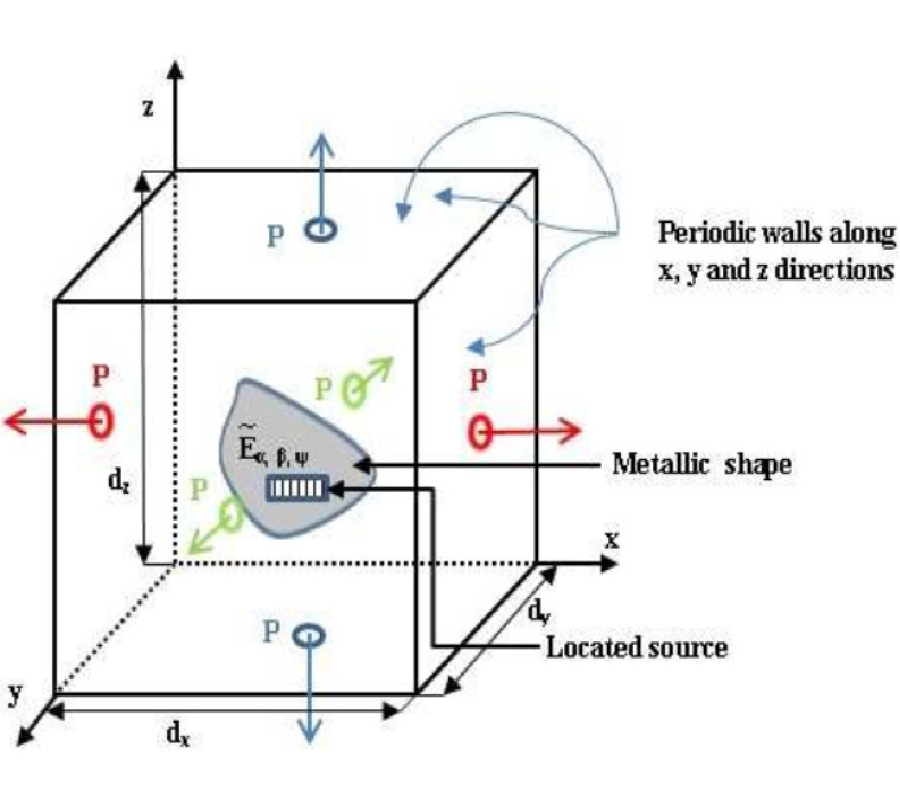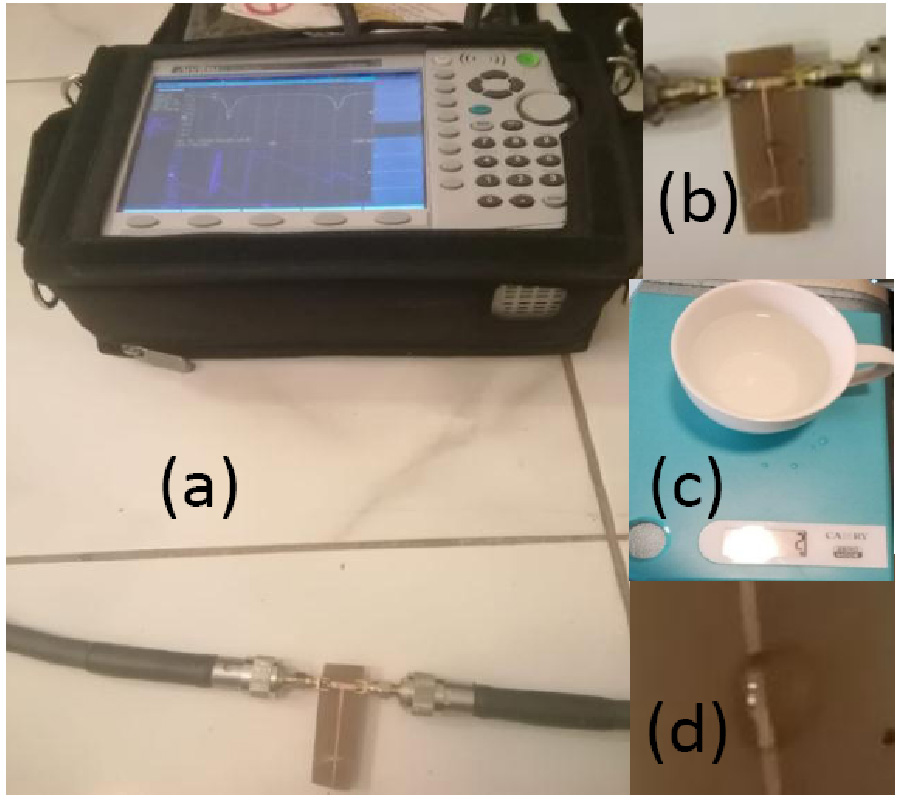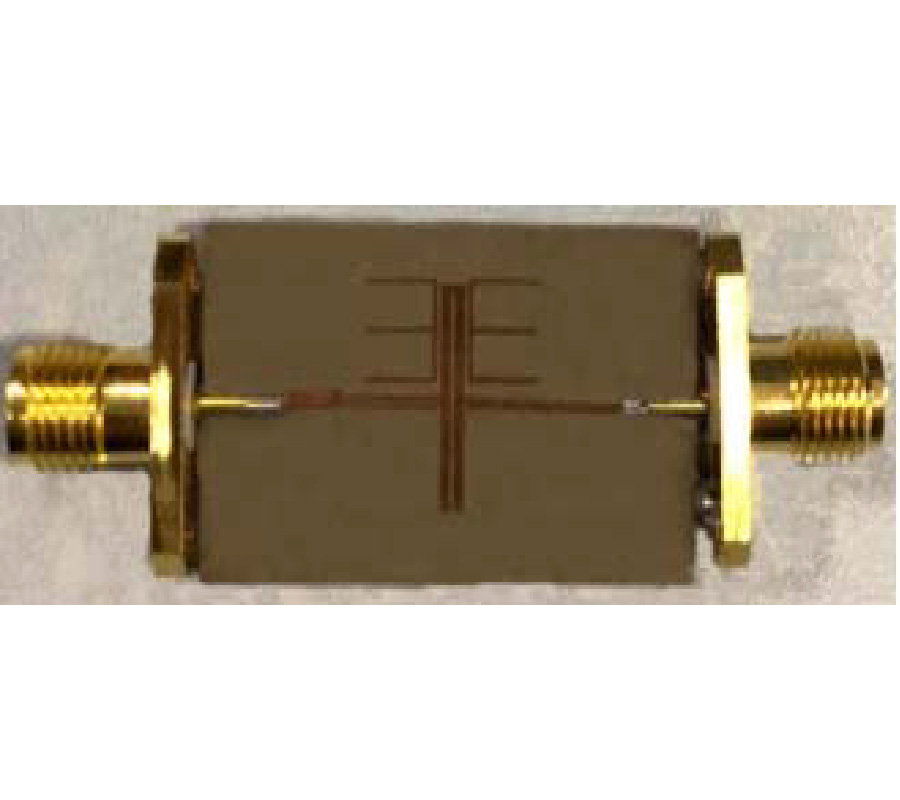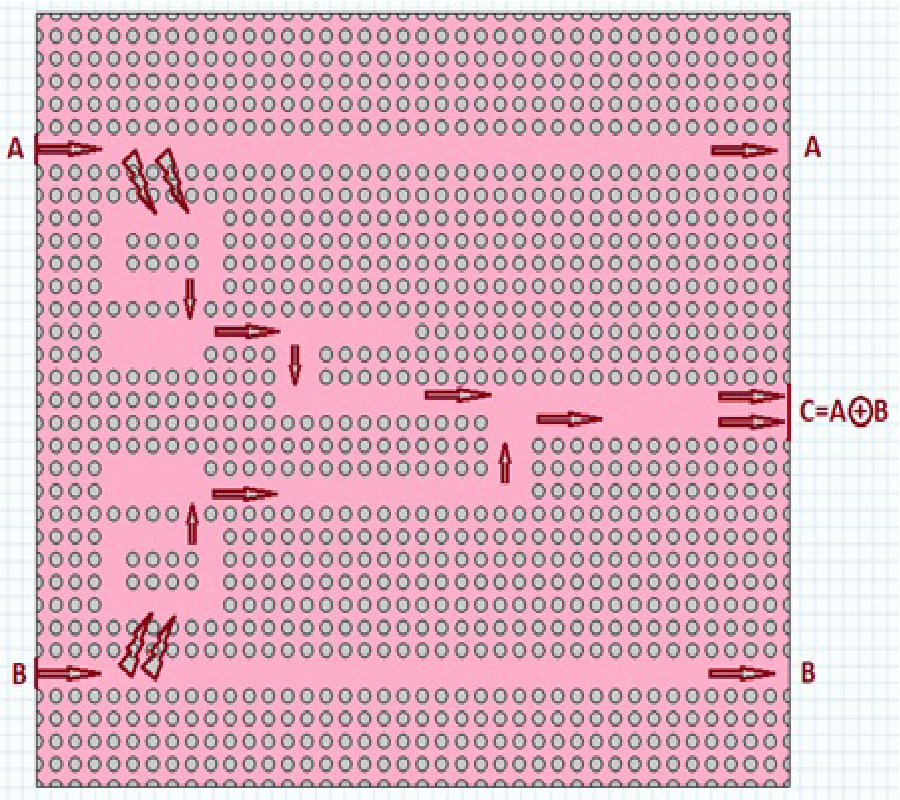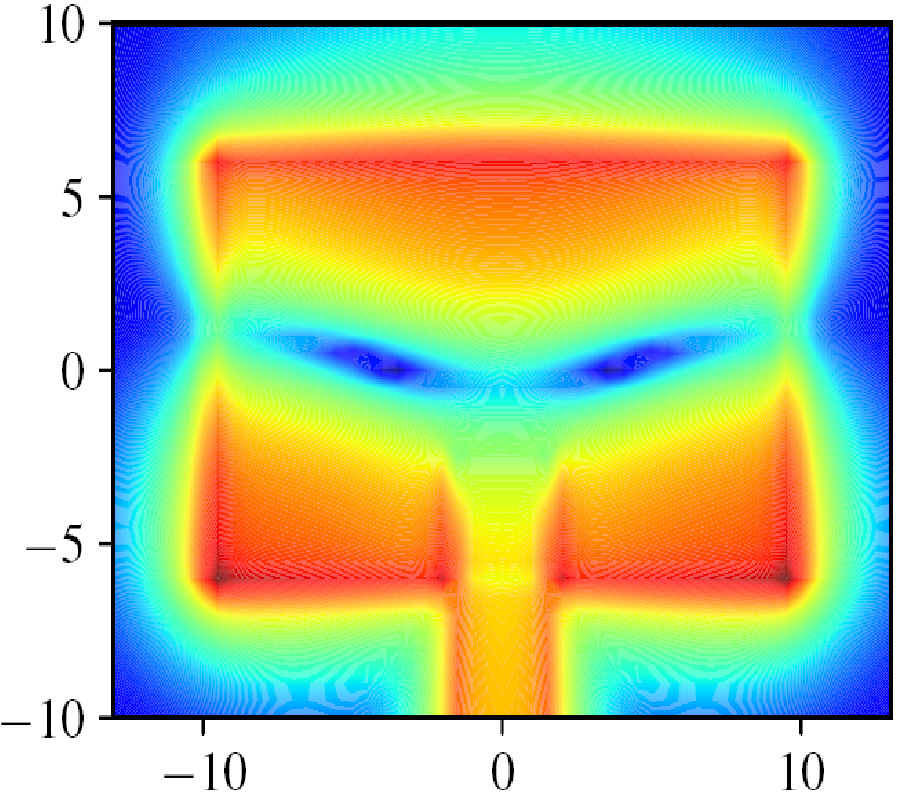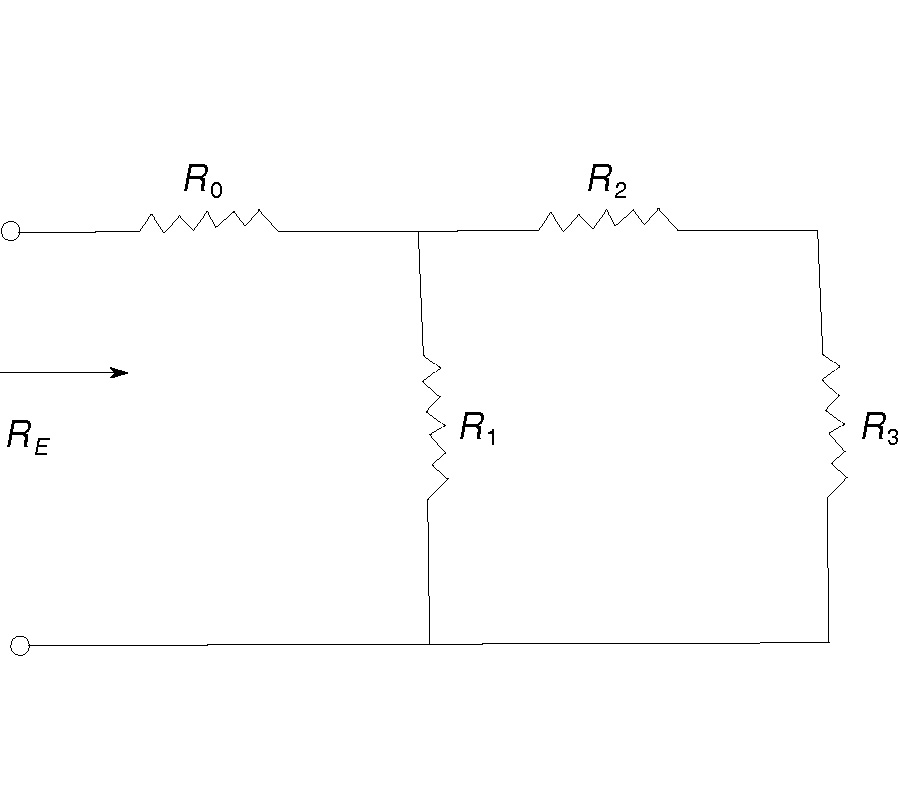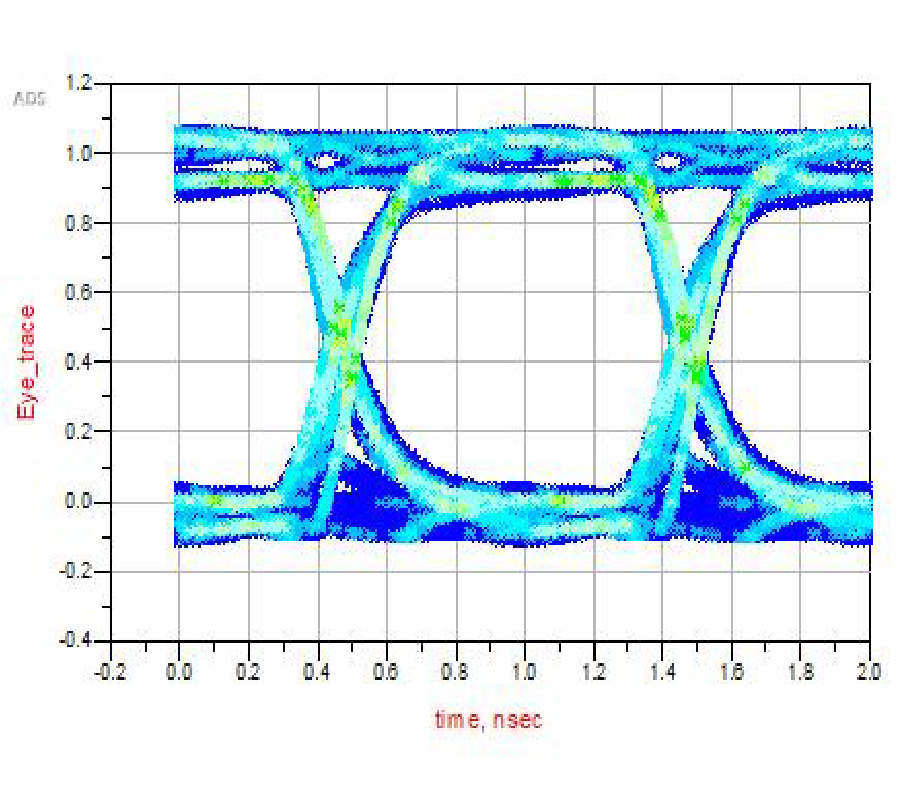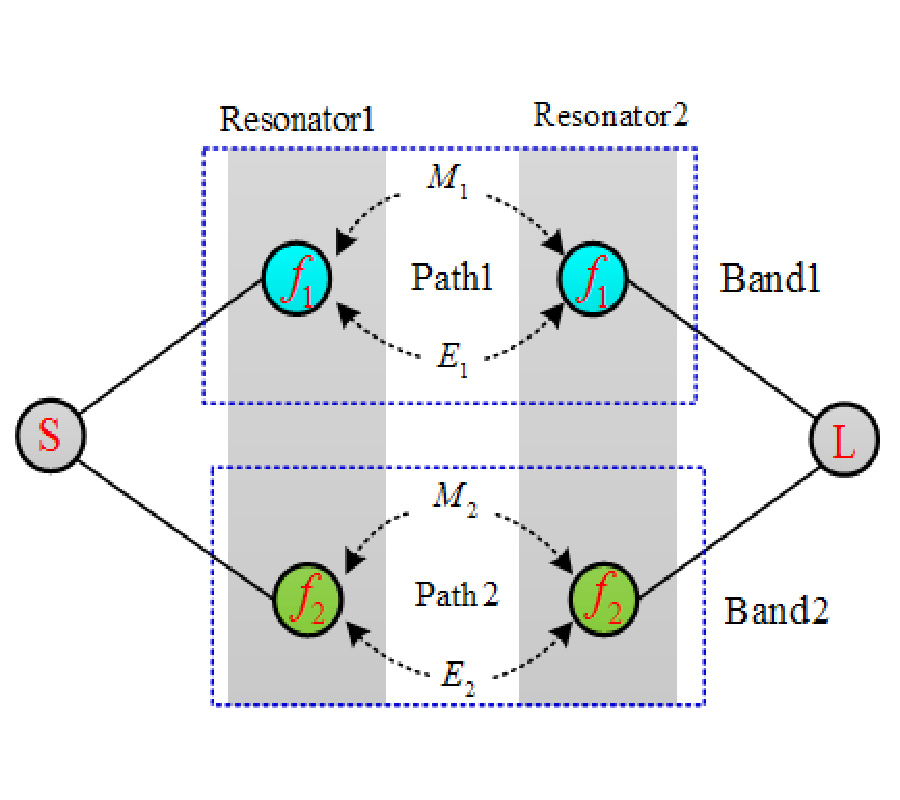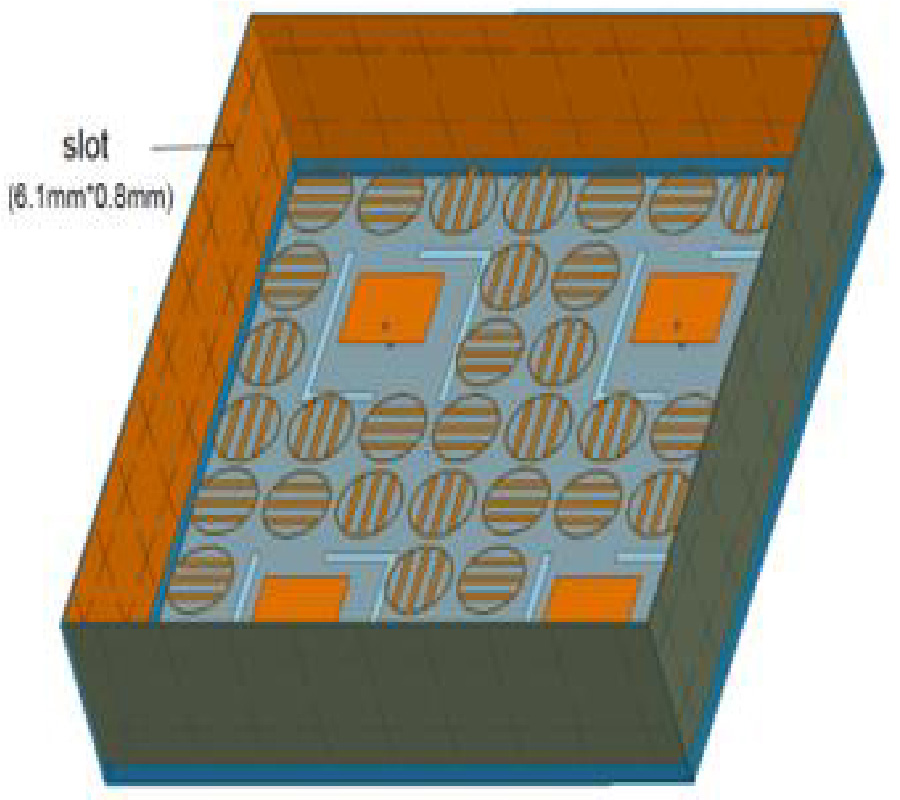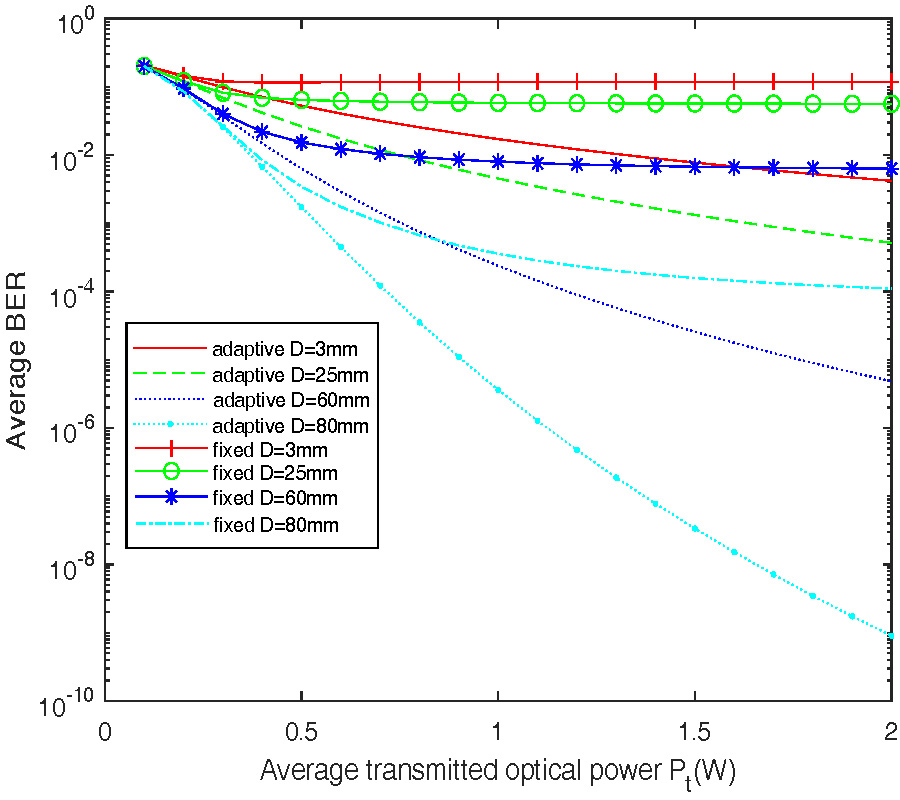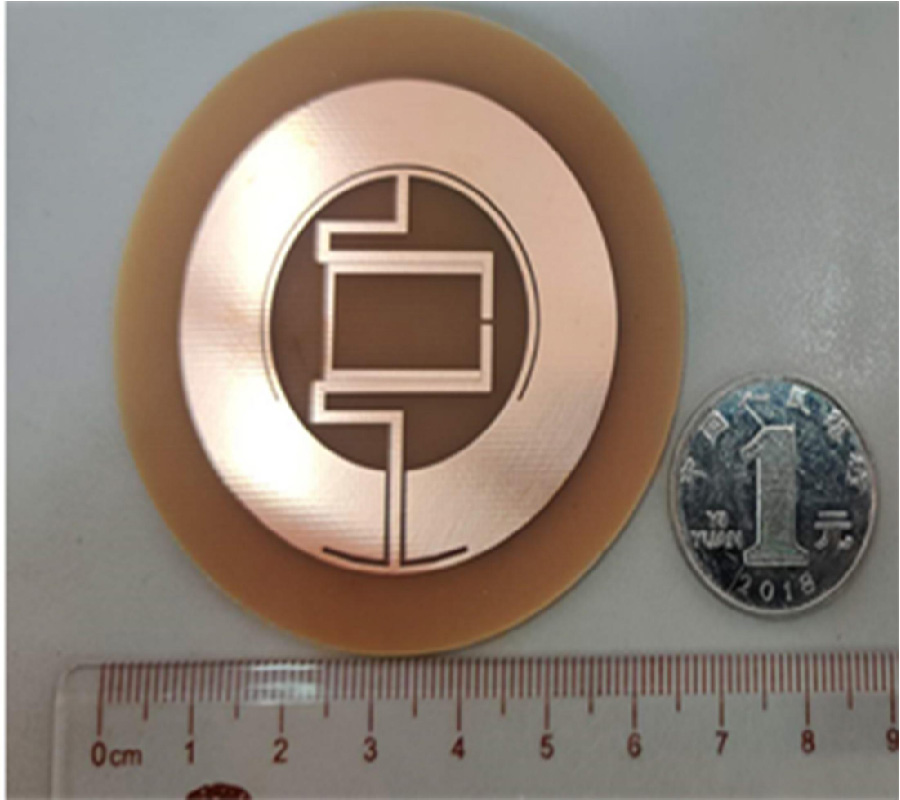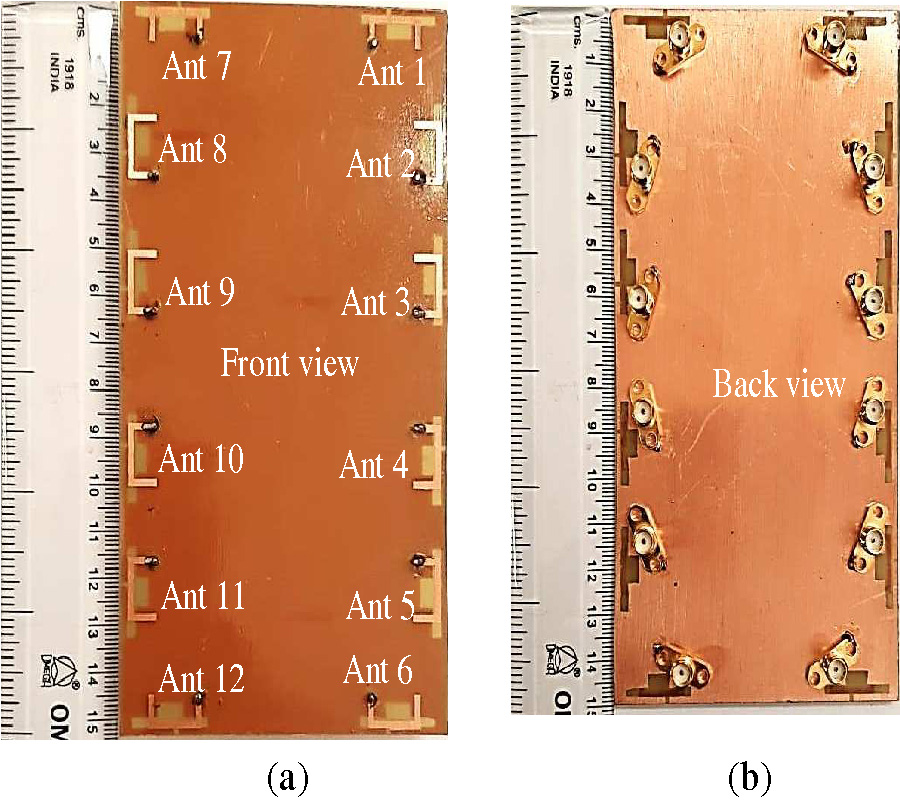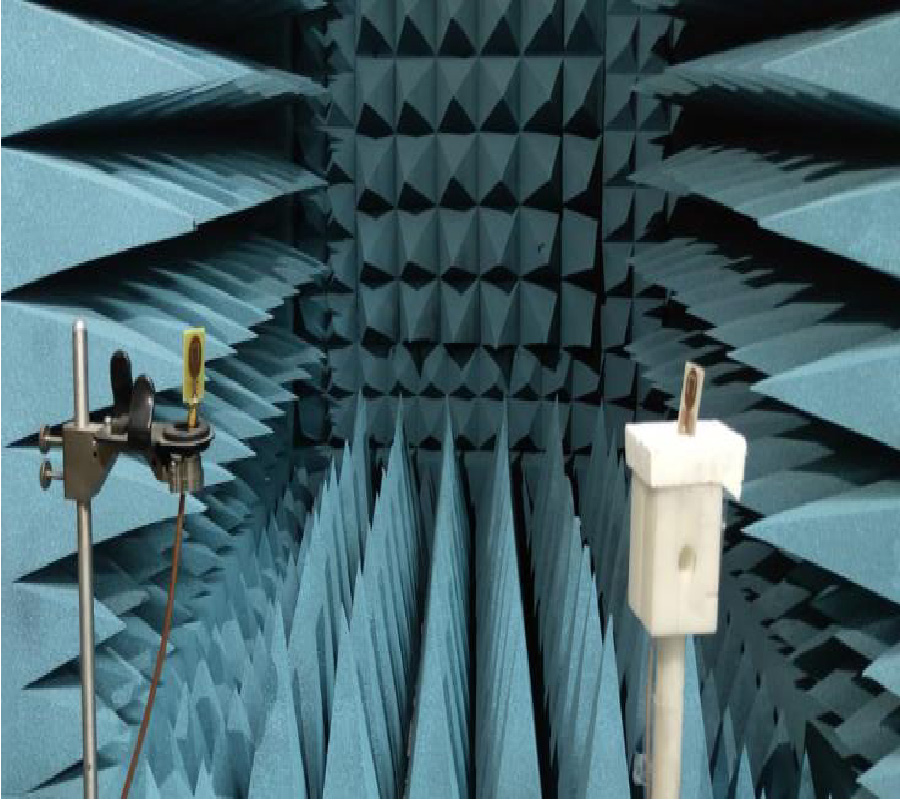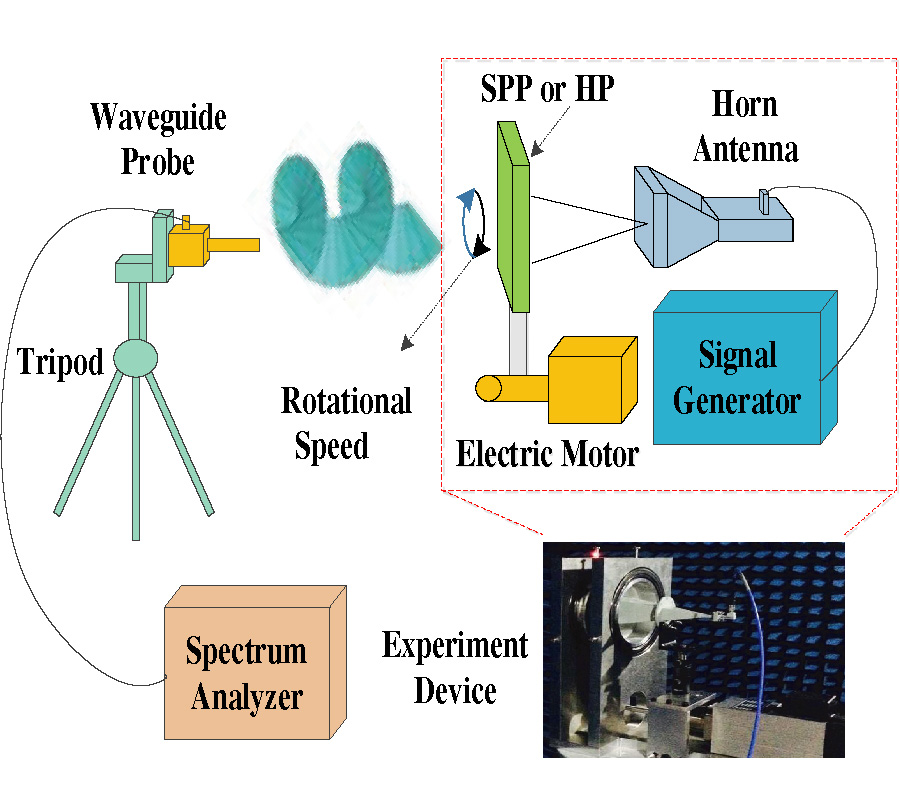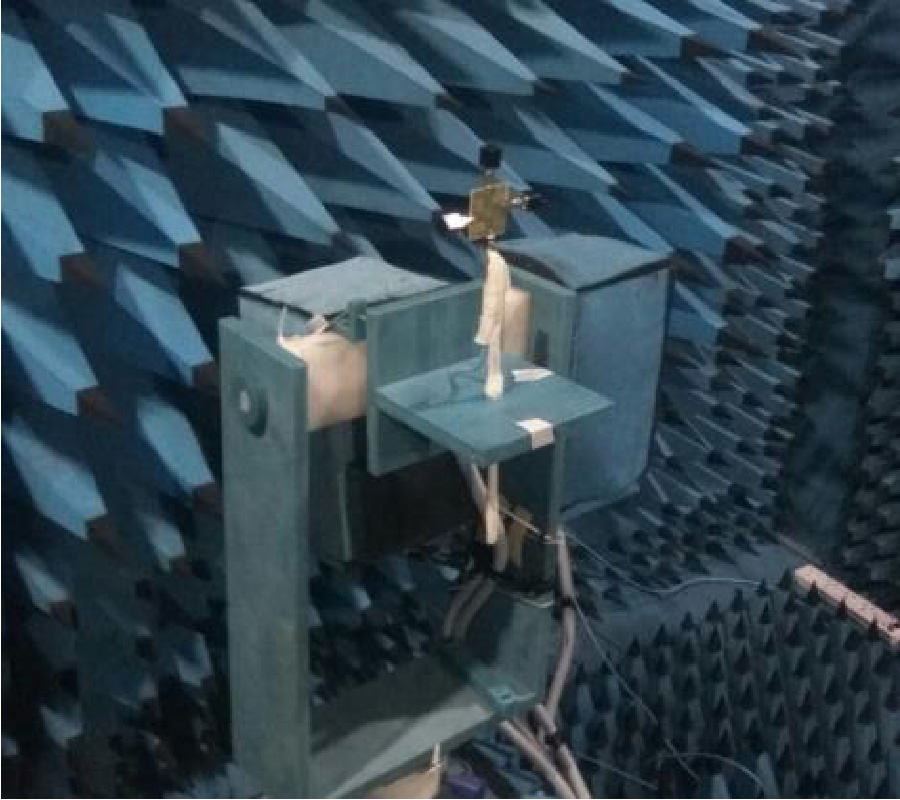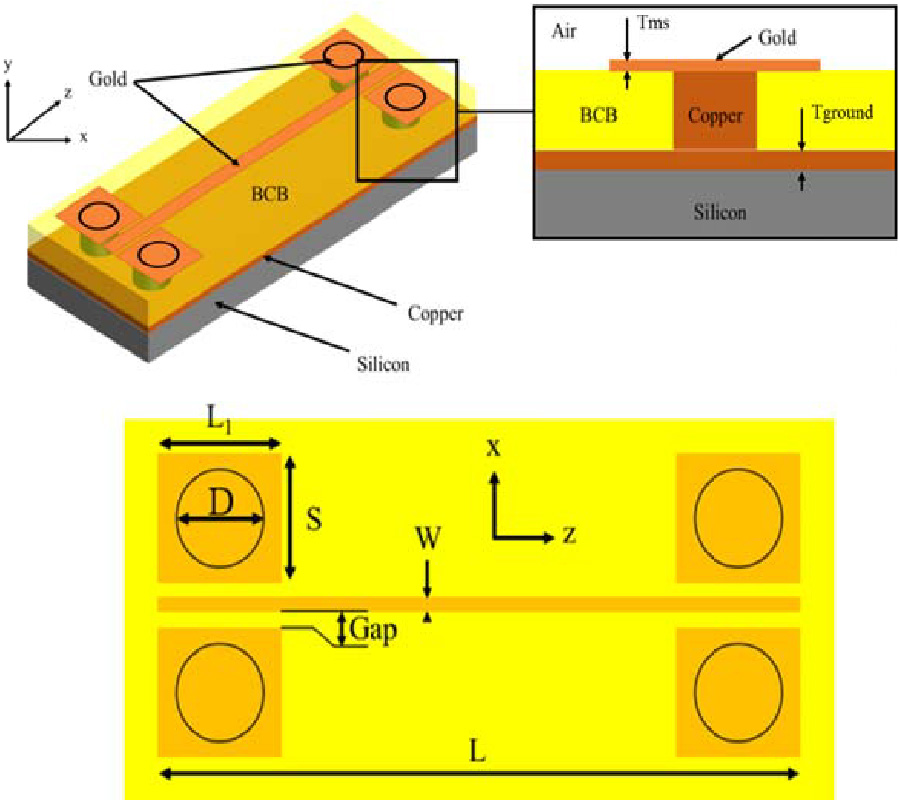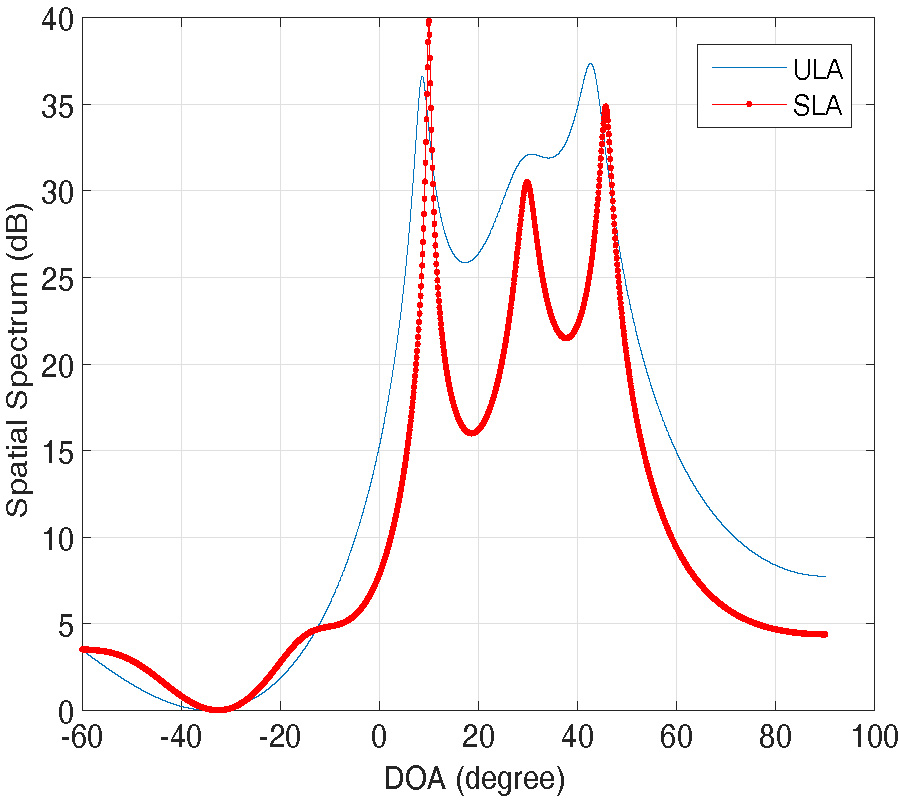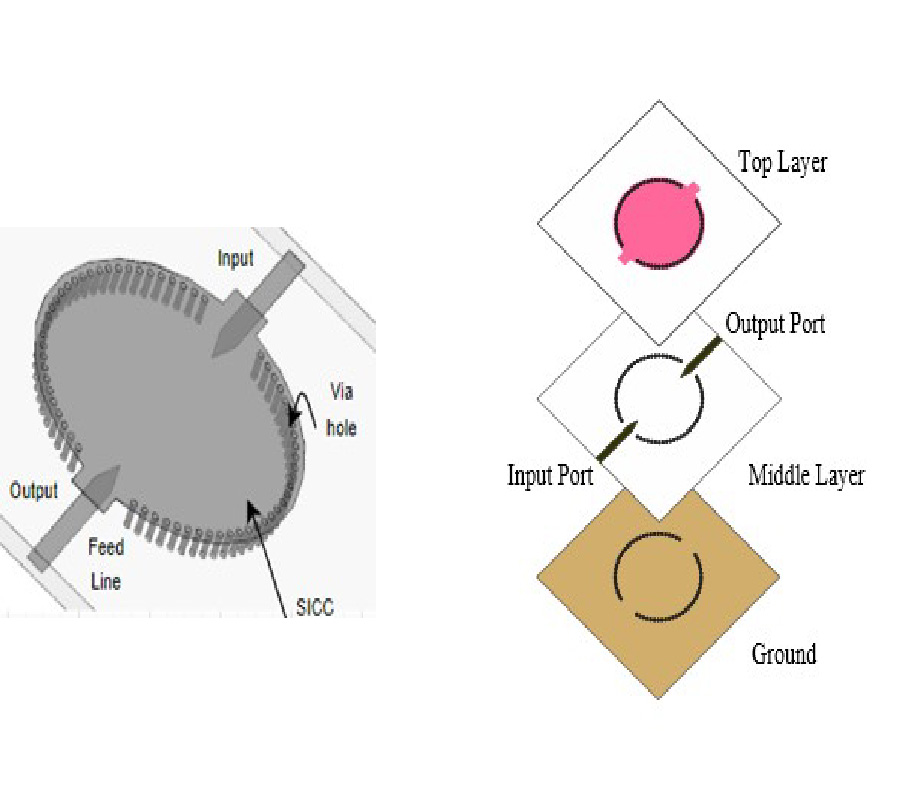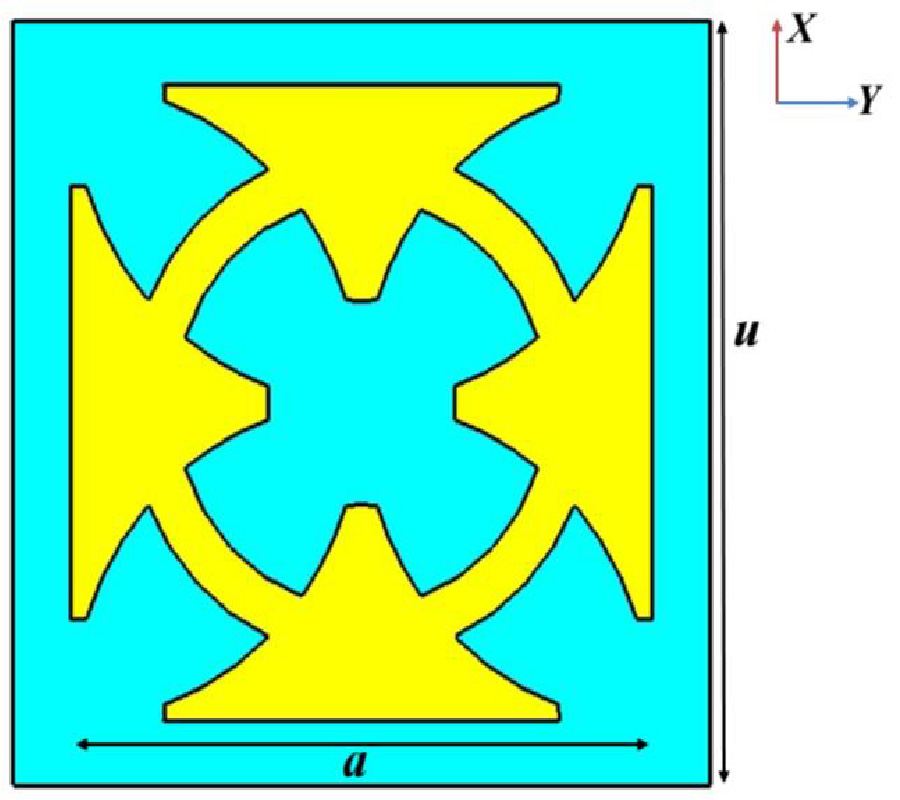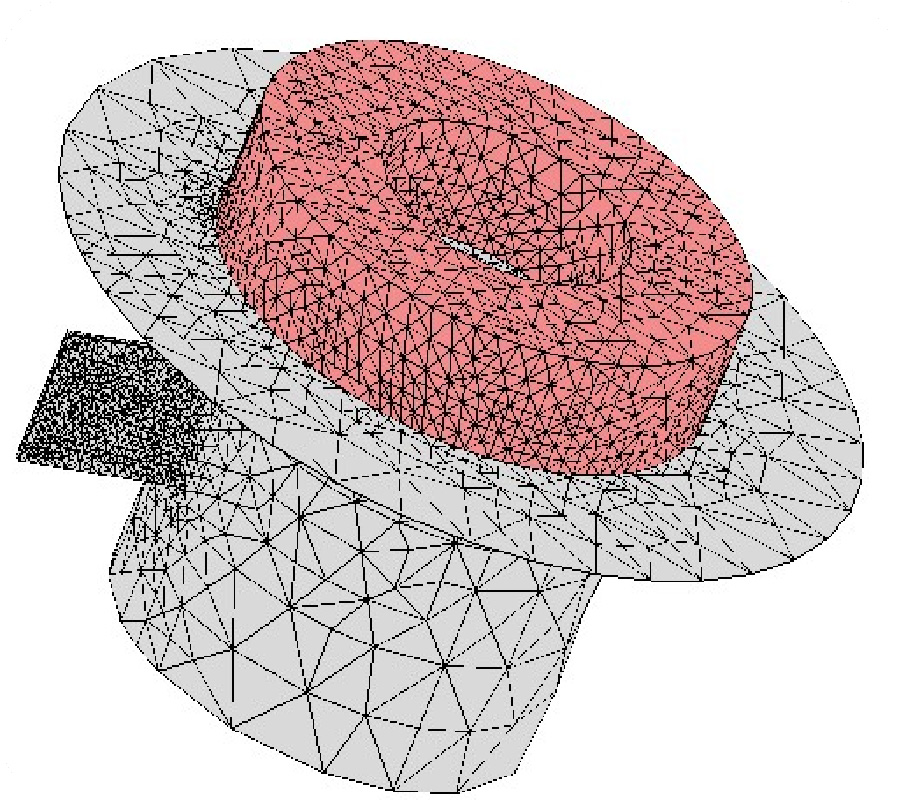2021-01-21 Latest Published
By Bilel Hamdi
Taoufik Aguili
Progress In Electromagnetics Research Letters, Vol. 95, 163-169, 2021
Abstract
This research letter offers a generalization character to our previous work [4, 5] to examine a 3-D almost periodic phased array antenna excited by arbitrarily located sources. An original modal formulation based on the Floquet analysis procedure is proposed utilizing the periodic walls along x, y, and z-axes, where the analysis region in the spectral domain is reduced to the Brillouin zone. Here, a good idea is provided to enforce the given boundary conditions for obtaining an integral equation formalism developed through Galerkin's method for solving periodic volumic structure (e.g. 3-D regular structure in the cubic grid). The interaction between cells in 3-D geometry (lattice) could be deduced using a novel expression of mutual coupling. However, it is possible to obtain it explicitly by the mean of Fourier transform and its inverse. Then, it is proven how Floquet analysis can be employed to study a 3D-finite array configuration with arbitrary amplitude and linear phase distribution along x, y, and z directions, including mutual interaction effects. To deal with the real hole 3D array configuration, a superposition theorem is suggested to describe the electromagnetic behavior in the spatial domain. For modeling the given 3D antenna array, one numerical method is adopted: The moment method combined with an equivalent circuit (MoM-GEC). An important gain in the running time and memory used would be achieved using Floquet analysis in comparison with other spatial conventional methods (especially, when the number of cells increases by adding the second and third directions).
